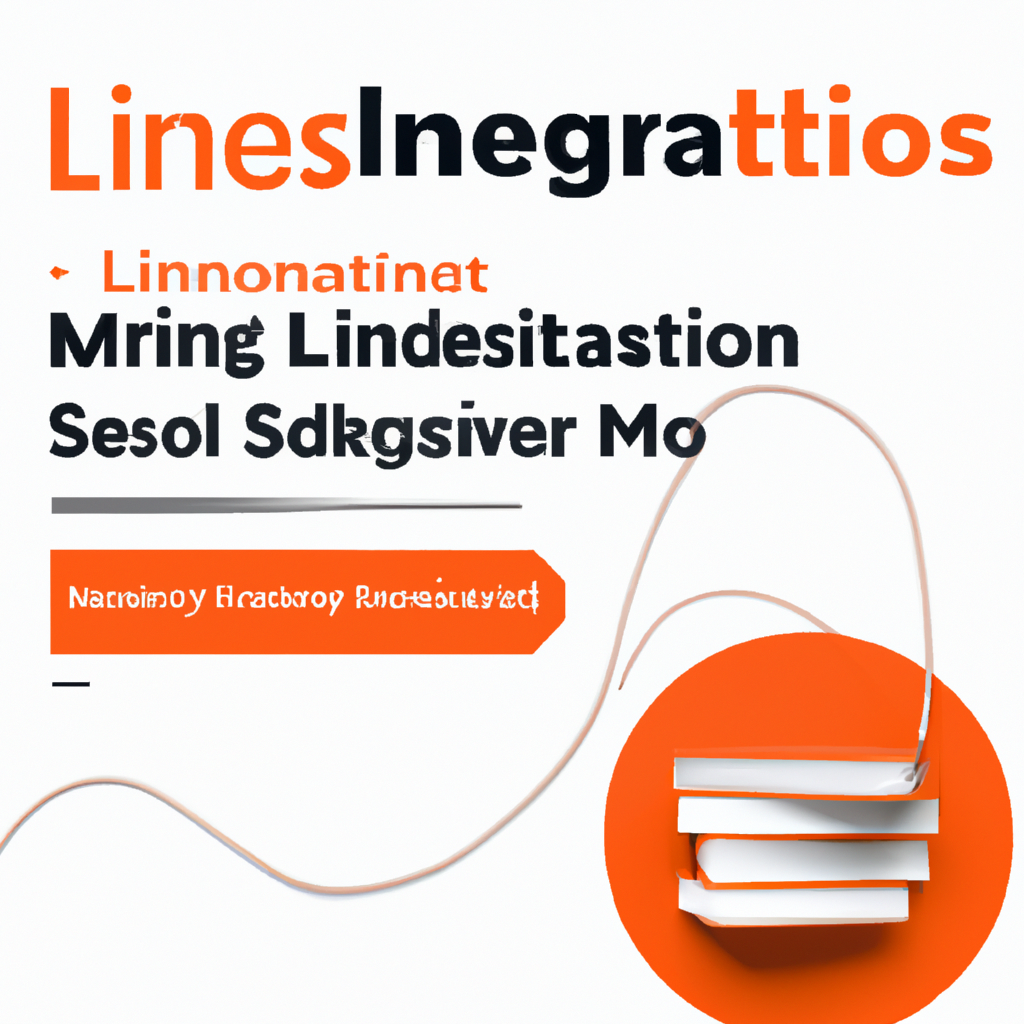LMS Integration Guide PDF: Everything You Need to Know
Discover the definitive LMS integration guide PDF and unlock seamless connectivity between your Learning Management System and essential digital tools. This article breaks down integration strategies, benefits, and step-by-step instructions for educators, administrators, and IT professionals.
What is LMS Integration?
LMS integration refers to the process of connecting your Learning Management System with other software or digital platforms. This could include Student Information Systems (SIS), HR tools, content libraries, video conferencing applications, and assessment platforms. Integration ensures data flows smoothly between systems, reducing manual input and error.
- Single Sign-On (SSO): Enable users to access multiple platforms with one set of credentials.
- Data Synchronization: Keep records and progress up-to-date across systems.
- Automated Reporting: Streamline analytics and compliance tracking.
Why Use an LMS Integration Guide PDF?
A downloadable LMS integration guide PDF offers a convenient, portable resource for IT teams, administrators, and educators. It provides step-by-step integration instructions, troubleshooting tips, and best practices in a format that’s easy to reference and share. Creating or using a comprehensive LMS integration PDF can:
- Reduce implementation errors
- Ensure consistent integration processes
- Facilitate staff training and onboarding
- Serve as ongoing documentation for upgrades and audits
Key Steps for Successful LMS Integration
- Assess Integration Requirements: Identify which tools and platforms need to connect with your LMS.
- Choose Integration Standards: Decide on SCORM, LTI, xAPI, or custom APIs for your connections.
- Configure Your LMS: Access LMS admin settings and enable integration modules or plugins.
- Test the Integration: Perform sandbox testing to ensure proper data flow and user experience.
- Document the Process: Save your setup steps and troubleshooting advice in a guide PDF.
Top LMS Integration Methods & Standards
Understanding the main LMS integration standards is crucial for smooth interoperability. Here are the most common methods, often covered in a quality LMS integration guide PDF:
- SCORM (Sharable Content Object Reference Model): Industry standard for e-learning content interoperability.
- LTI (Learning Tools Interoperability): Allows plug-and-play integration of third-party tools and services.
- xAPI (Experience API or Tin Can API): Captures a wide range of learning experiences inside and outside the LMS.
- RESTful APIs: Enable custom integrations with bespoke software or internal systems.
- SIS Connectors: Synchronize student, course, and grading data between the LMS and SIS.
Benefits of LMS Integrations
- Save Time: Automate repetitive administrative tasks.
- Improve Data Accuracy: Eliminate manual data entry and reduce errors.
- Enhance Learner Experience: Provide a seamless, unified learning environment.
- Support Compliance: Generate accurate reports for audits and regulations.
- Boost Engagement: Enable access to a variety of learning tools and resources.
How to Create Your Own LMS Integration Guide PDF
Follow these steps to develop a custom guide tailored to your organization’s LMS setup:
- Document Integration Goals: List the systems and features you want to connect.
- Gather Technical Details: Collect API documentation, user permissions, and required credentials.
- Write Step-by-Step Instructions: Include screenshots and troubleshooting tips for each integration.
- Format for Clarity: Use headings, bullet points, and diagrams to make the guide easy to follow.
- Export as PDF: Save your finished integration guide in PDF format for distribution.
FAQs About LMS Integration Guide PDFs
- What should an LMS integration guide PDF include?
- A comprehensive guide should cover prerequisites, supported integration standards (SCORM, LTI, xAPI), step-by-step setup procedures, troubleshooting, and contact information for support.
- Who should use an LMS integration guide PDF?
- IT administrators, instructional designers, educators, and anyone responsible for maintaining or setting up LMS platforms.
- Can I use a generic integration guide PDF for all LMS platforms?
- While some best practices apply across platforms, each LMS (like Moodle, Blackboard, Canvas, or Schoology) may have unique integration steps. Always tailor your guide to your specific system.
- How often should I update my LMS integration guide PDF?
- Update your guide whenever your LMS or connected systems are upgraded, or new integration features are released.
Conclusion
A well-crafted LMS integration guide PDF is an invaluable asset for organizations looking to maximize the efficiency, reliability, and user experience of their e-learning environments. Whether you are adopting new technologies or optimizing existing setups, having a structured, easy-to-follow integration guide ensures success.
